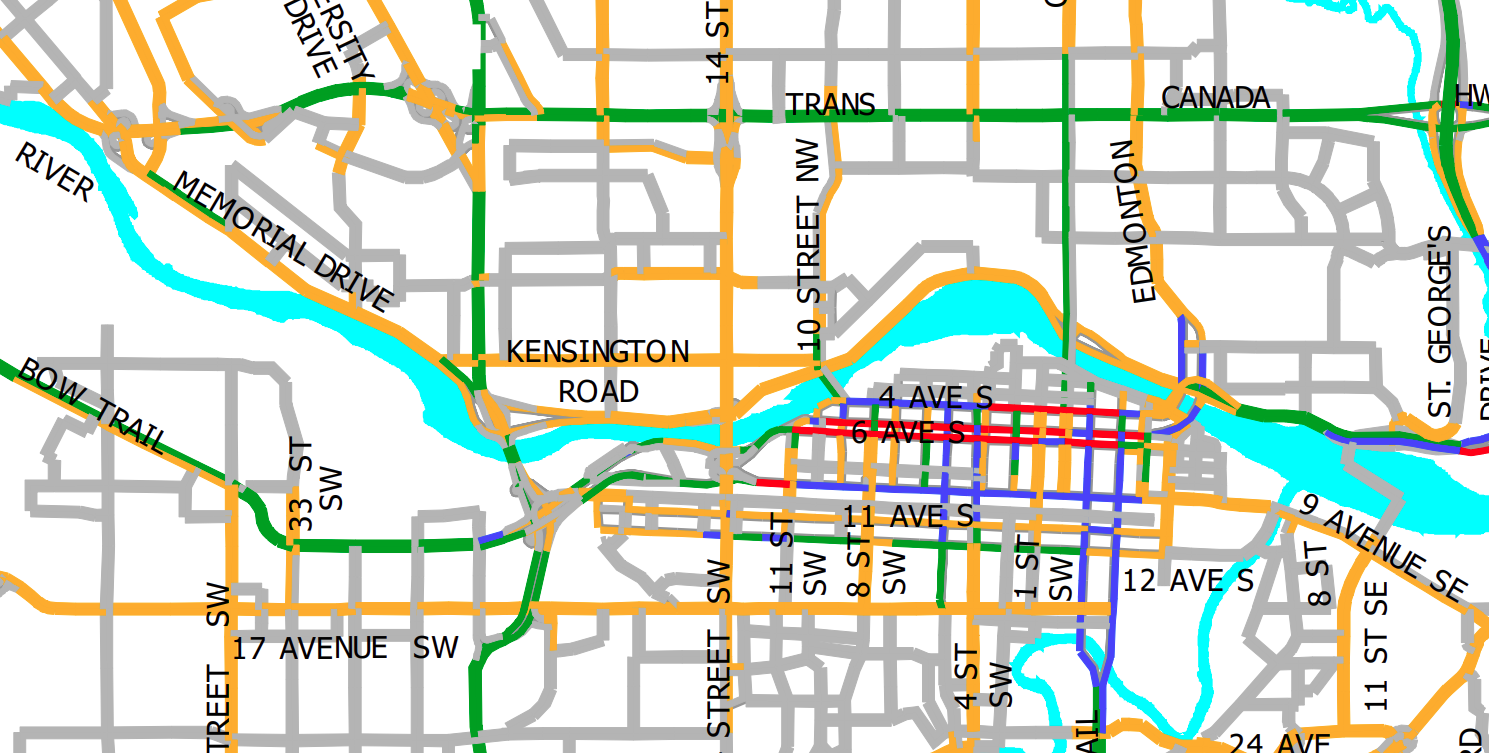"Should" and "is" are very different things unfortunately (well, unfortunate, depending on your point of view). Still many, many, many interchanges left to be built in Calgary according to the long range plans. Just go to the "Anticipated Projects" section of the regional transportation model website to get an idea of this:

www.calgary.ca
As a taste, here is the map for the 2046-2076 horizon. Download it yourself if you want to see the details, because you really need to be able to zoom in to get a sense of it all. What isn't obvious on that map, is the amount of projects built in the earlier horizons.
View attachment 419634
Some of those are regional and as a result, the responsibility of the Province. But things like the grade separation of 14th Street SW, and the grade speration of Anderson Road (not the intersection between these two, but ever intersection along these two) would be entirely on the City.
